Description
Ping is a fluid sans serif font with a geometric structure, but unlike other geometric typefaces, Ping doesn’t reject the influence of the human hand. Ping’s simplified letterforms are constructed with the least number of pen strokes; for example the lowercase letters ‘a’, ‘d’, ‘p’, ‘b’ and ‘g’ are drawn without lifting the pen at all.
Ping is resolutely modern, rational but not faceless, full of respect for the past while exploring the possibilities of the present moment.
Ping includes nine weights, each with italics slanted at the unusually steep angle of 14° and featuring optically adjusted modulation of the curves and diagonal strokes.
Ping has a very large x-height that matches the height of the small caps. Influenced by modern typographic designs, a special unicase OpenType substitution feature is available that mixes lowercase letters and small caps, creating a fluid mix of letterforms that occupy the space between the baseline and the x-height.
Following the example of versatile sans typefaces which transcend national borders, Ping also aims to be a truly international typeface, supporting not only hundreds of Latin-based languages, but also Arabic, Armenian, Chinese (Simplified and Traditional), Cyrillic, Devanagari, Greek, Korean, Hebrew and Japanese. The proportions of the Latin shapes were adjusted to facilitate seamless integration with all the above-mentioned writing scripts; rather than merely giving other languages their version of a Latin-based design, Ping was constructed with a global perspective from the ground up, giving it a unique voice across different cultures and making it useful to designers worldwide.
All weights of Ping include nine different kinds of numerals. Lining proportional figures come as default figures in Ping. It also, however, includes Old-style figures, Tabular numerals (both lining and OsF), Small Caps numerals, superior, inferior, circled and circled inverted numerals (selectable via OpenType features).
Ping was designed by Peter Biľak, who created the Latin, Greek, Cyrillic and Armenian versions, assisted by Nikola Djurek, who was of invaluable help with the production of the fonts. The Hebrew version (designed by Daniel Grumer), and Armenian version (designed in consultation with Khajag Apelian and Gor Jihanian) are available immediately, as is Arphic Technology’s UD Jing Xi Hei, a Chinese, Japanese and Korean typeface modified to match Ping’s proportions. Published in 2019. The Arabic version (designed by Kristyan Sarkis) and Devanagari version (designed by Parimal Parmar) will be released later in 2019. In 2019, Ping has received the Gold European Design Award.
Design, Publisher, Copyright, License
Design: Peter Biľak
Publisher: Typotheque
Copyright 2019 by Typotheque. All rights reserved.
License: COMMERCIAL
Specimen: Ping
Peter Biľak
Peter Biľak works in the field of editorial, graphic, and type design. In 1999 he started Typotheque type foundry, in 2000, together with Stuart Bailey he co-founded art & design journal Dot Dot Dot, in 2012 he started Works That Work, a magazine of unexpected creativity, in 2015 together with Andrej Krátky he co-founded Fontstand.com, a font rental platform. He collaborates with the choreographer Lukas Timulak on creation of modern dance performances, and together they started Make-Move-Think.org, a foundation for interdisciplinary artistic collaborations. Peter is teaching at the Type & Media, postgraduate course at the Royal Academy of Arts, The Hague. Member of AGI (Alliance Graphique Internationale).
Web:
Typefaces: Fedra Sans, Fedra Sans Alt Pro, Brioni Text Pro, Lava, Irma Text, Greta Text, Greta Display Pro, Karloff Positive, October, Ping
More… Typotheque

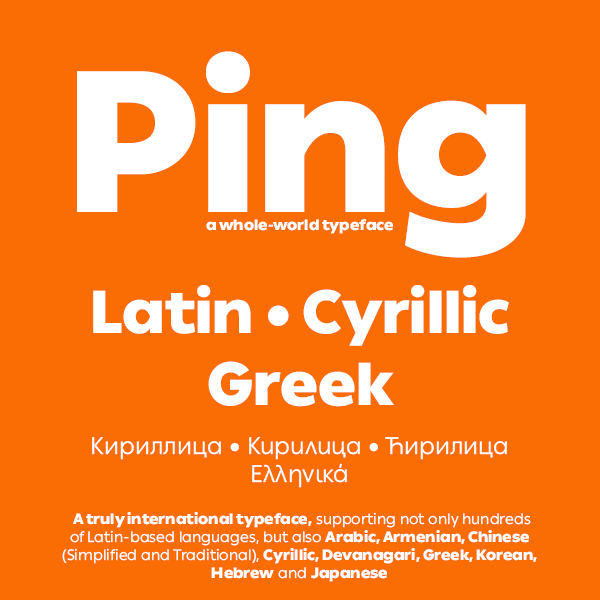
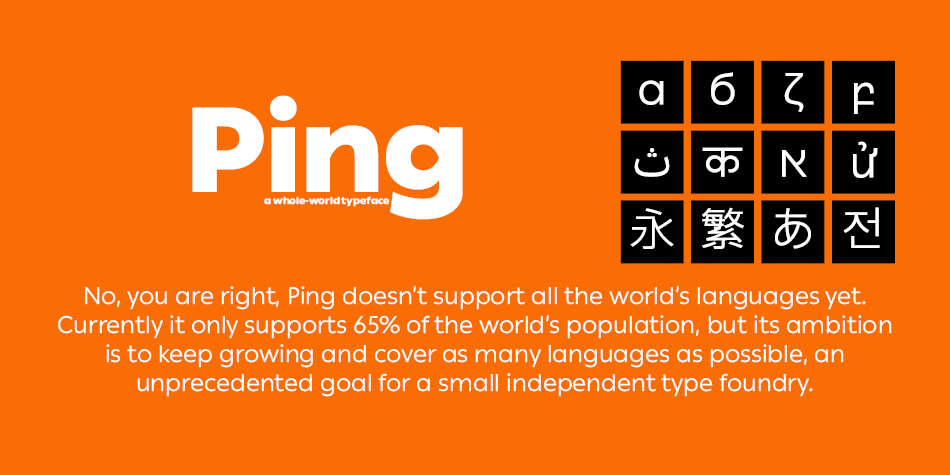
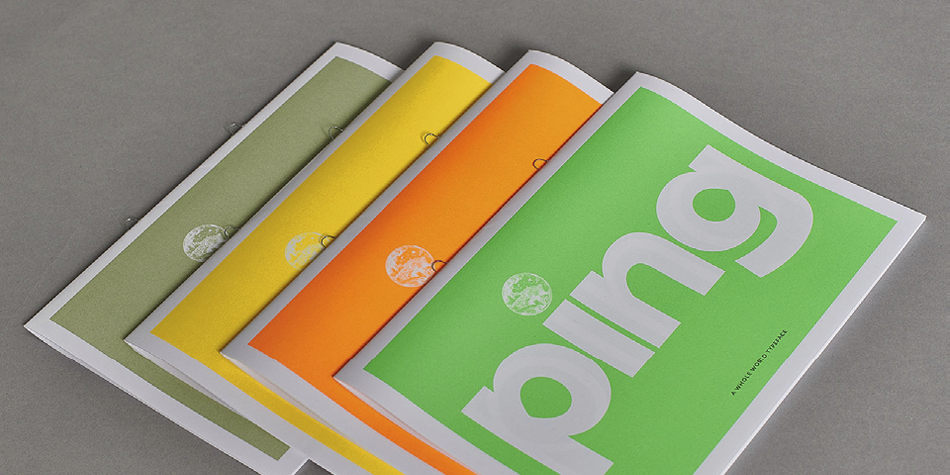
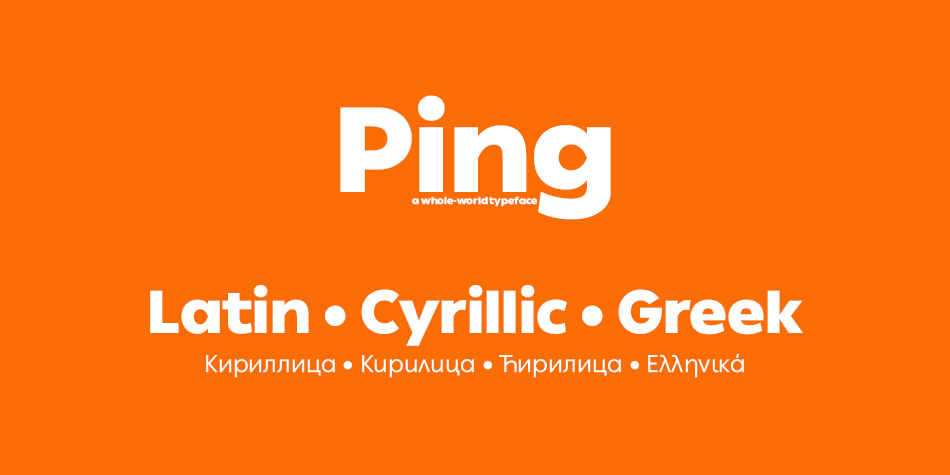



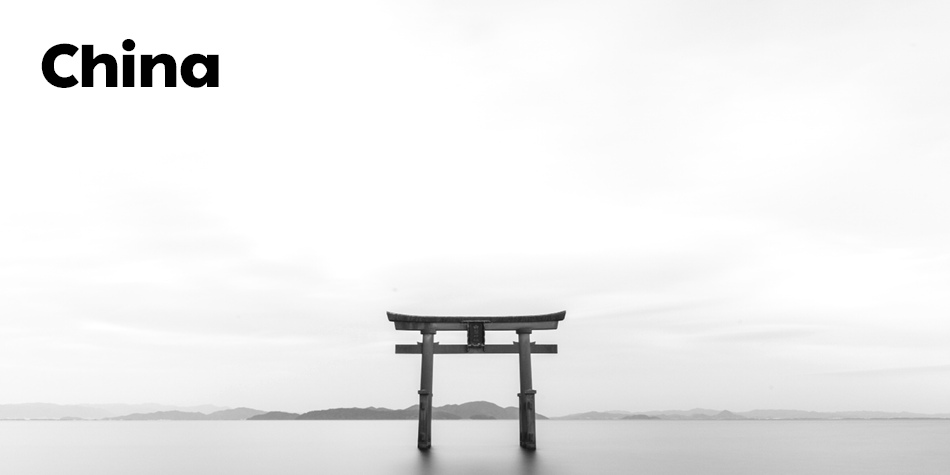
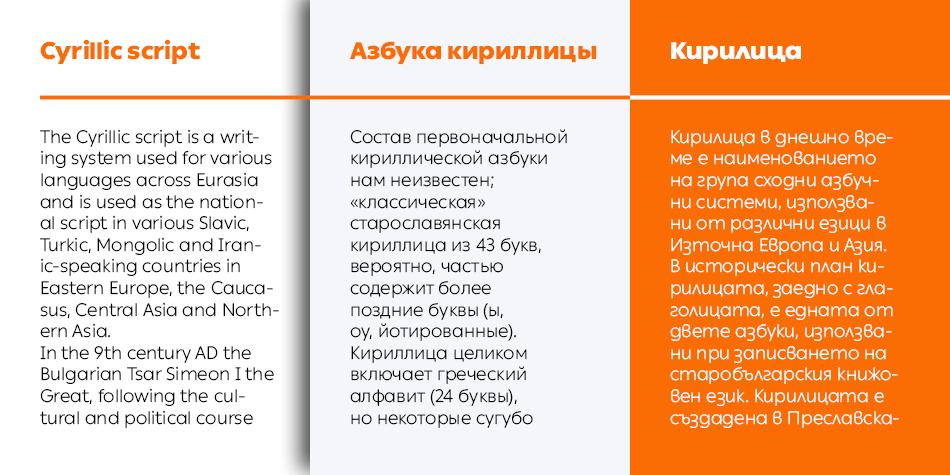
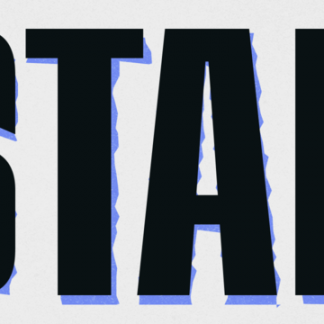


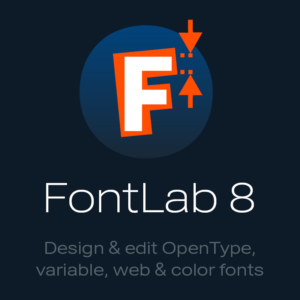
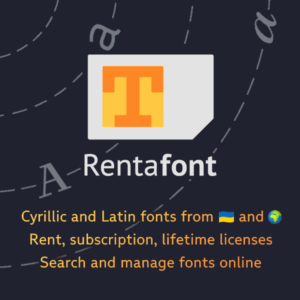
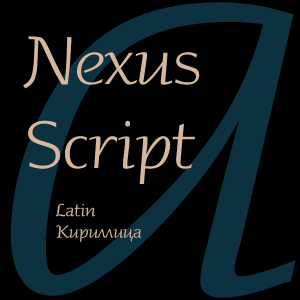
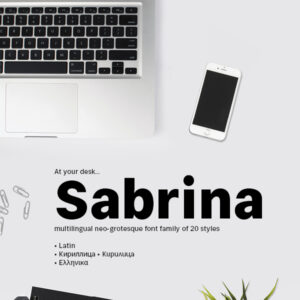


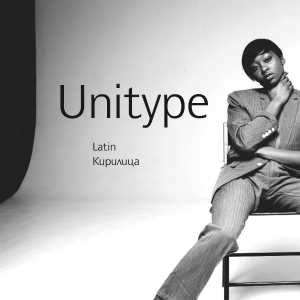
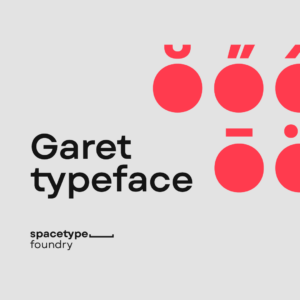
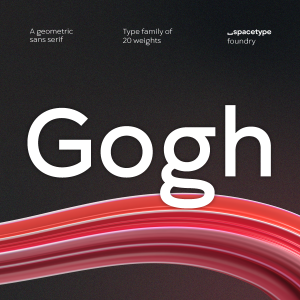
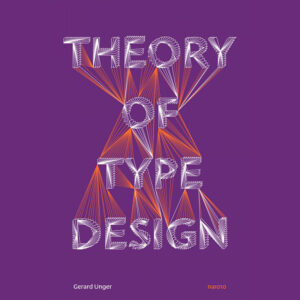
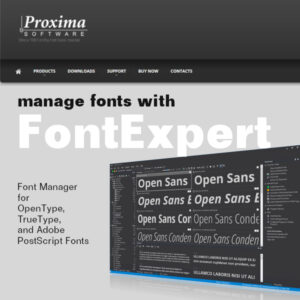
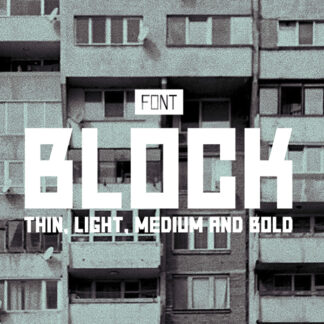
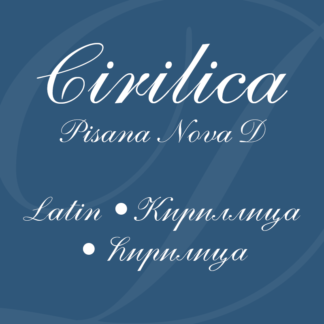

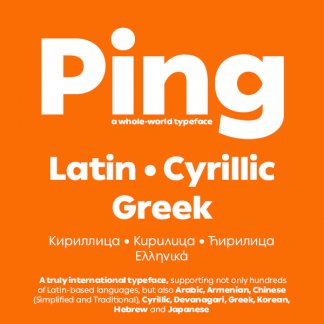
Reviews
There are no reviews yet.